The date is 30 June 1860. The location is the new University Museum (now the Oxford University Museum of Natural History). Upwards of 500 people have squashed into the first floor Library to hear two men – Samuel Wilberforce, Bishop of Oxford and the brilliant young biologist Thomas Huxley – locked in fierce debate. The subject, biblical creationism versus evolution, the revolutionary idea of natural selection proposed only seven months earlier in Charles Darwin’s book, ‘On the Origin of Species’. Darwin would have liked to be there. But he is too unwell to attend. He is seeking treatment for an undiagnosed complaint at Dr Lane’s Hydropathic Clinic in Farnham, Surrey. 164 years later, in the very same room, its timber vaulted ceiling filled with light from a huge flower shaped window of decorative glass, I am staring at what is widely considered to be the culprit for Darwin’s demise. A black bodied, six-legged insect about an inch long, from a species called, ‘Dipetalogaster maxima’, more commonly known as the kissing bug. But you wouldn’t want to get up close and personal with this mini beast.
I am standing in the Huxley Room (it was generally agreed he won the argument) as the guest of entomologist and Leverhulme Trust Research Fellow of the museum, Dr Leonidas-Romanos Davranoglou. There is a faint smell of mothballs, napthalene to be exact, the chemical once used to protect the estimated one million pinned specimens kept in the drawers of the wooden display cabinets in this space from any tiny insect that might have feasted on the collections. From these Leonidas has selected a tray of kissing bugs, a group of insects in which he specialises. One is large enough to see the hypodermic needle shaped mouth used to inject a numbing saliva as it ‘kisses’ its unsuspecting prey while sucking its blood. But it is not this that causes the deadly reaction. It is a parasite in its faeces, which if it happens to enter the wound causes life-long debilitating illness. Swollen intestines, liver and spleen issues, holes in the heart, these were characteristic of Darwin’s symptoms. Given that Darwin travelled extensively in South America where these bugs predominate and describes being bitten while he slept there in the humblest of local dwellings, makes Leonidas believe that it was here that he may have contracted what later became known as Chagas disease, a malady that can prove lethal.
Leonidas was six years old when he realised that the study of insects was what he wanted to do in life. “One day when I was playing in the forest near where I lived in the outskirts of Athens I tripped and fell face down on a pile of leaves” he says. “What I saw was a world teaming with spectacular minibeasts. I saw large insects and spiders hunting for herbivores defending themselves in the most admirable of ways, and the complex societies of ants doing their thing. It was as good as any wildlife documentary featuring lions and zebras on the African savannah. I was instantly hooked.”
His mother bought him a book by the then assistant curator of entomology collections at Oxford’s Museum of Natural History, Dr George McGavin, now a celebrity documentary film maker. And then after becoming confident that he could identify most insects and anthropods in his area, he wrote to the great man himself. What happened next is a true fairy tale and the best advertisement for outreach that I have yet to hear. McGavin sent him a box full of insect collecting equipment and, crucially for a small child, posters of creepy crawlies, scorpions, rhinoceros beetles and the like to put on his wall. By 10 he had read Darwin’s ‘On the Origin of Species’ and at the precocious age of 12, he was on the train to Oxford at McGavin’s invitation for the first time. Here he was put to work. On day two he was charged with teaching a group of school children about the role of insects and their importance in the ecosystem. “We had boxes of huge African millipedes, hissing cockroaches, and stick insects and I had to show the children how to handle them. I received my first £5 from one of the parents” he says laughing at the memory.
He was taught how to preserve insects either by pinning them or preserving them in alcohol and was trusted to organise some of the collections by insect group as well as by geographical area. “I was immersed into the world of entomology.”
Twenty odd years later and he now has his dream job, studying the ways insects communicate using state of the art techniques not imagined in Darwin’s day. He’s been on expeditions all over the world. He’s even had a new species of beetle, ‘Augyles davranogloui’ named in his honour. But his enthusiasm remains undiminished. Out comes a drawer showing insects bought back by Darwin himself from Australia, his tiny handwriting on the labels recording the ‘what, when and where’ of the discovery, data collection so important in mapping the changing environment . There are drawers of spotted weevils, one of the single most diverse and successful groups of insects that there are – at least 83,000 species, inhabiting almost every terrestrial habitat in existence. There are hundreds of stink bugs and amazing iridescent dung beetles, some of a colossal size having evolved to eat the poo of the giant sloth before we hunted them to extinction. In Oxford they have many of the 7,000 species of assassin bug, of which our kissing bug is one.
“In terms of their biomass insects are the dominant organism in the world,” says Leonidas now in full flow. “At the last estimate 75% of all living things on earth are insects, they are the most complex and most successful animals that exist on earth.” Why? “One of the main advantages is their size – if you think that a single tree in a tropical rainforest may support a few dozen of vertebrates such as birds and monkeys, not species, individuals. But it can sustain up to 1,000 different species of insects. That’s hundreds and thousands of individuals, some specialising in eating bark, others in consuming mosses or lichens, even ones that have evolved over millions of years by eating the poop of the other insects”.
That’s one shed load of creepy crawlies, reproducing at record levels evolving into a huge diversity of creatures fitted with syringe mouths, tiny burrowing snouts or serrated cutting legs to do the job in hand. And the most resilient? Those that have survived through major extinction, the ones that so interest Leonidas, the bugs that are able to live by tunnelling underground. The very insects he must have witnessed as he lay face down in the forest on the foothills of Mount Parnitha, on whose study, protection and survival the fragile nature of our ecosystem depends.
“The planet can survive well without us,” Leonidas reminds me, “but it cannot survive without the small stuff.”
It’s a sobering thought. And with that he is gone back to his research, and to look for possibilities for funding his next expedition. Apparently, there are between 3 and 8 million insects still out there waiting to be discovered. Making my way out past the popular dinosaur skeletons reminding us that it’s not always the biggest that survive, a small crowd of a curious children have gathered around a glass cabinet of live giant spiny stick insects. Maybe the next Darwin is amongst them? Or the next generation of Leonidases? I certainly hope so.
Contributing photographer John Milnes
Additional photography by Gina Cowen
You might also want to read another story from the sausage about the swifts nesting in the tower of the museum: https://theoxfordsausage.com/the-swift-hotel/
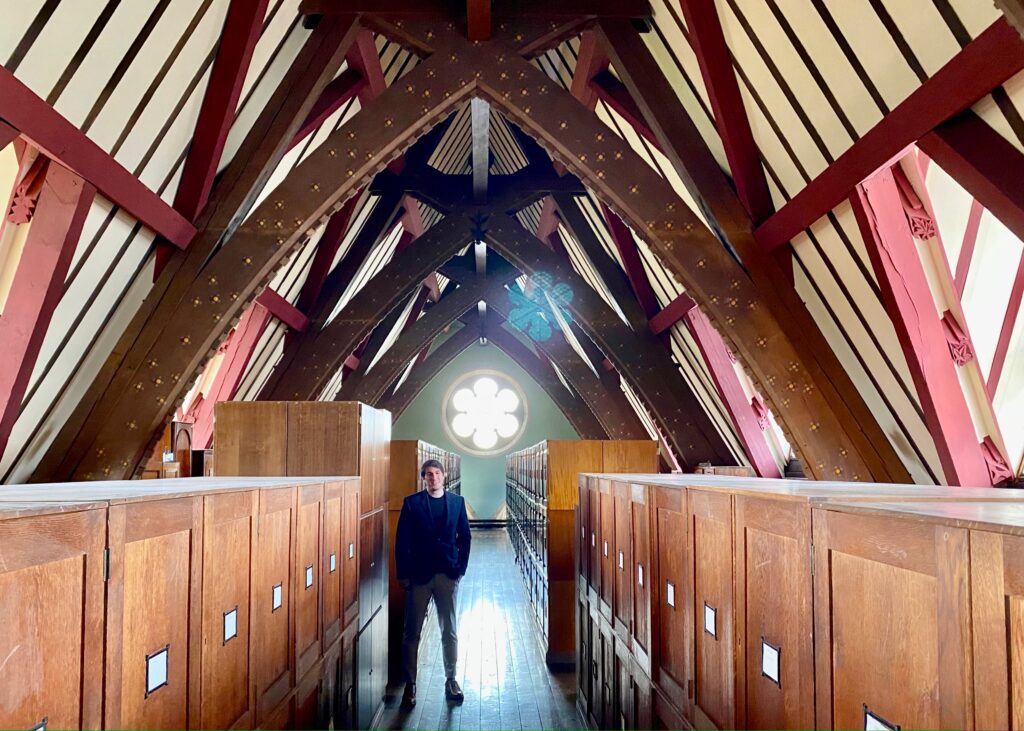
Dr Leonidas-Romanos Davranoglou in the Huxley Room. The cabinets are filled with over one million insects, including examples of the kissing bug.
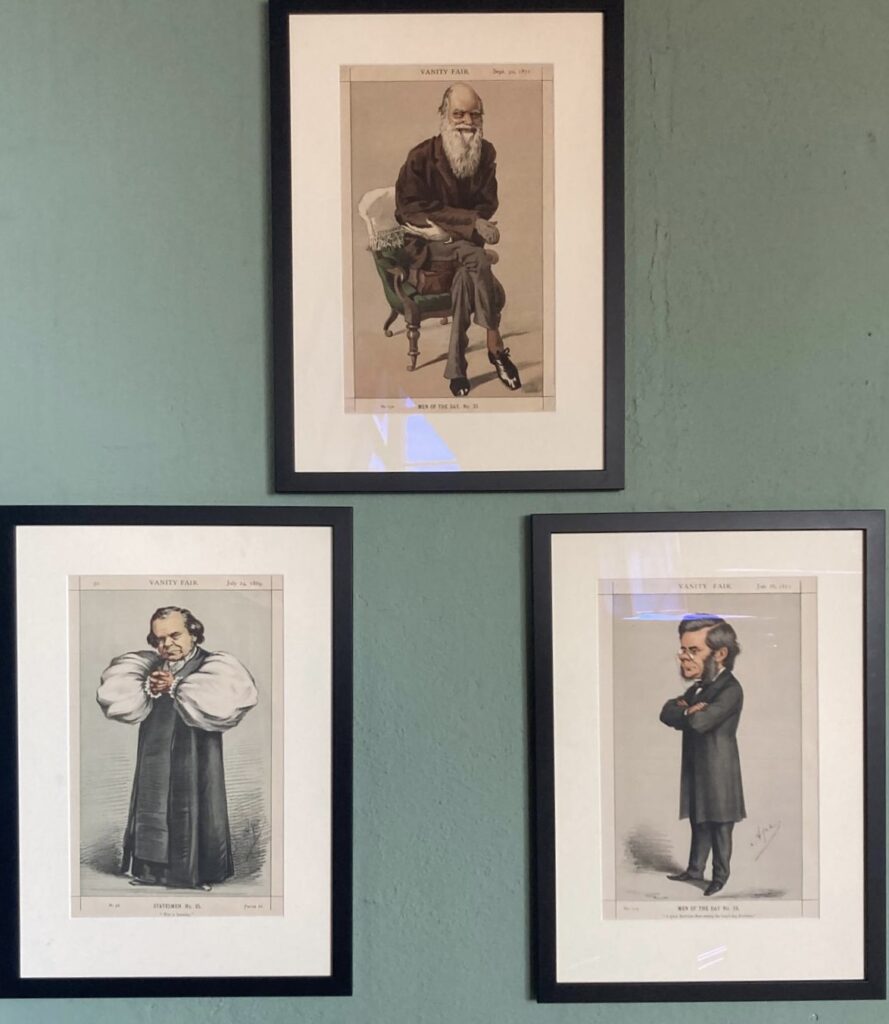
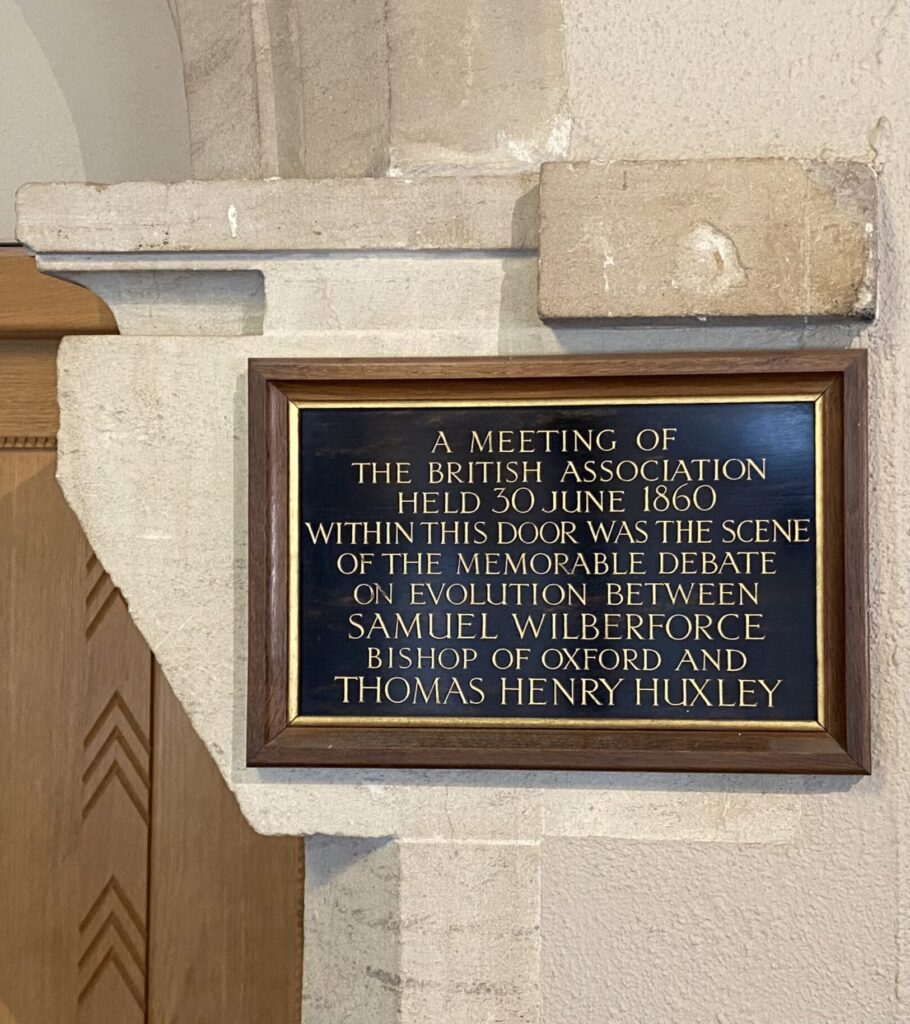
The three main characters from the debate, Charles Darwin, Samuel Wilberforce and Thomas Huxley. A plaque marks the entrance today where the debate took place, now divided by a false floor into a lecture theatre and the storeroom above.
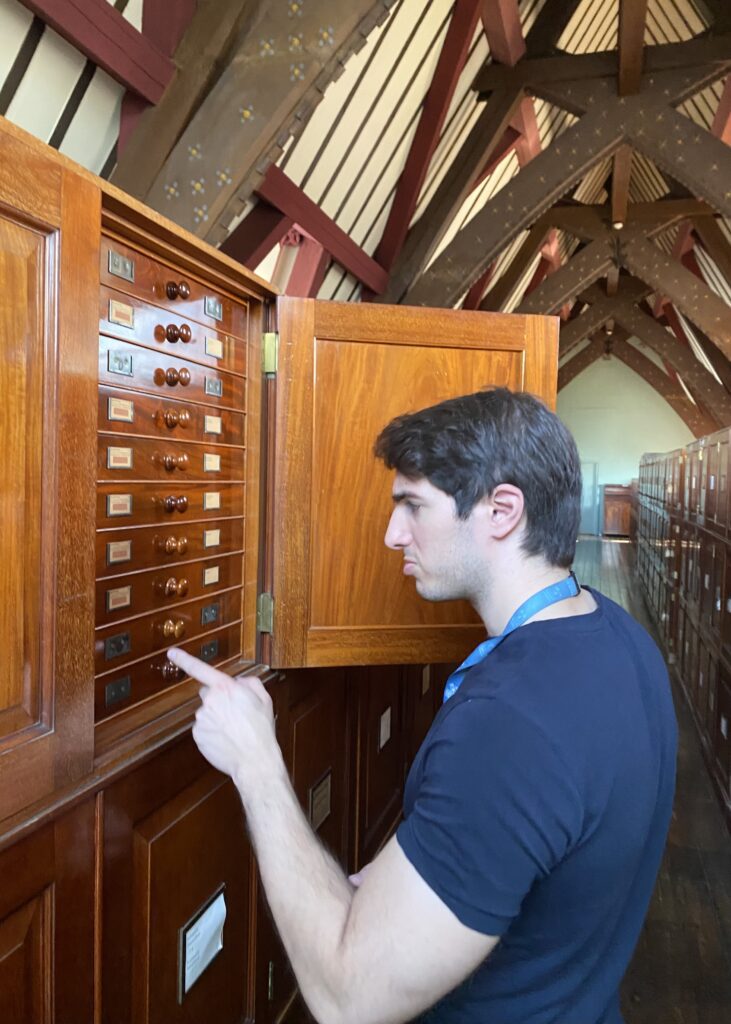
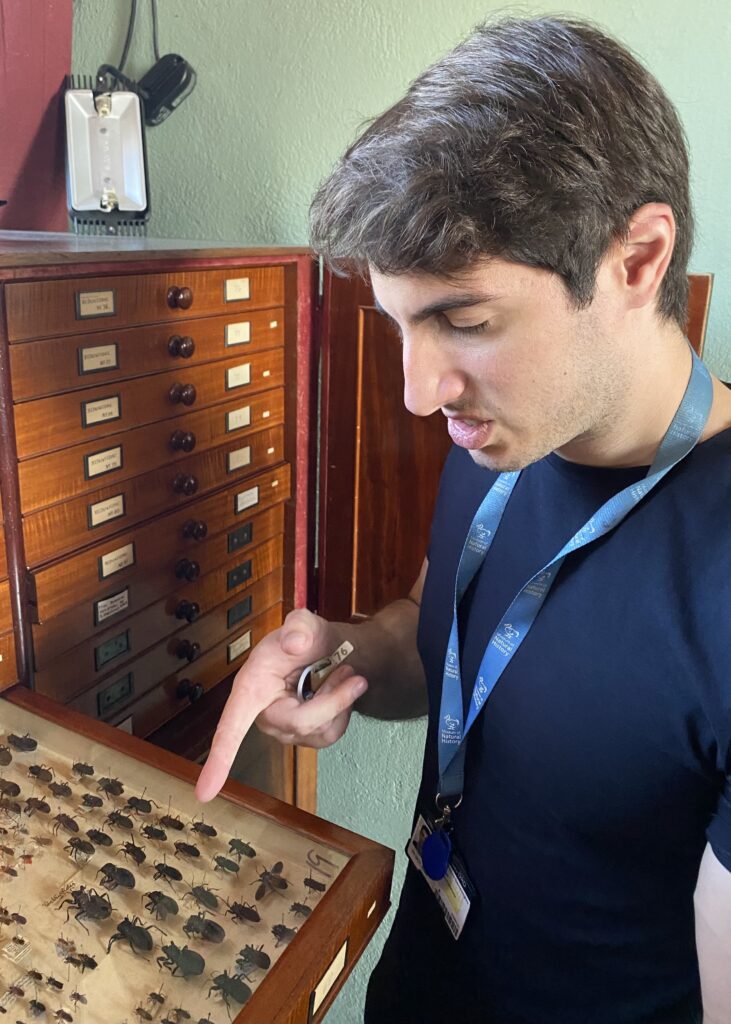
Dr Leonidas looking for a drawer of millipede eating assassin bugs from the subfamily Ectrichodiinae. Many of the species in this lineage hunt the much larger millipedes in groups.
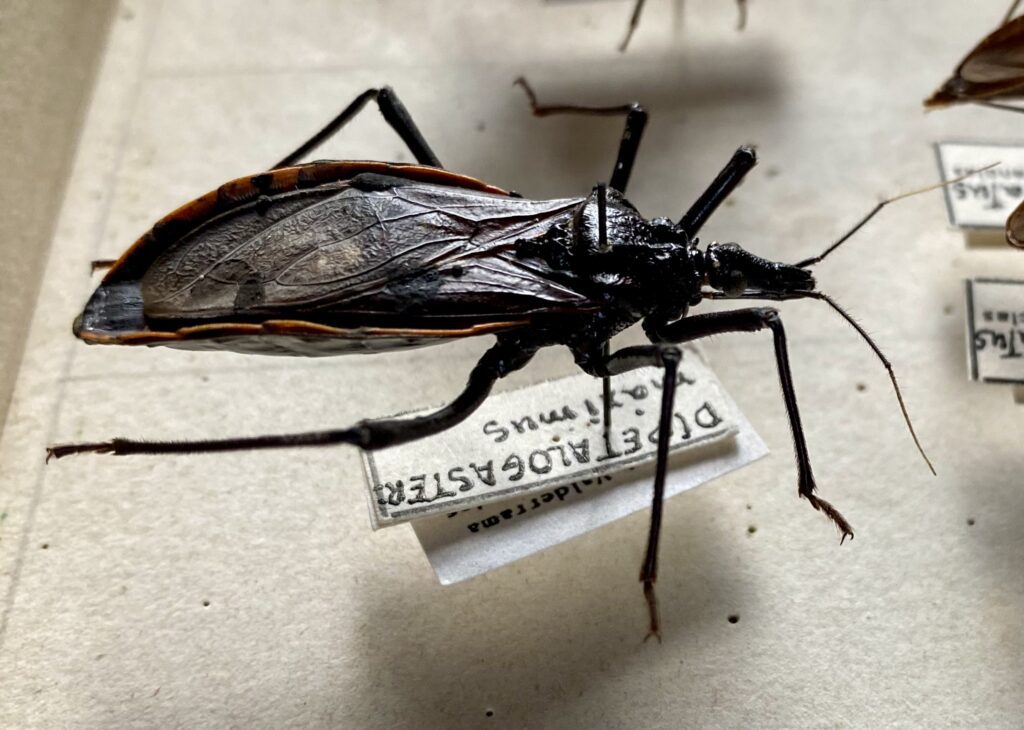
A typical kissing bug of the species Dipetalogaster maxima, related to the kissing bugs that bit Charles Darwin.
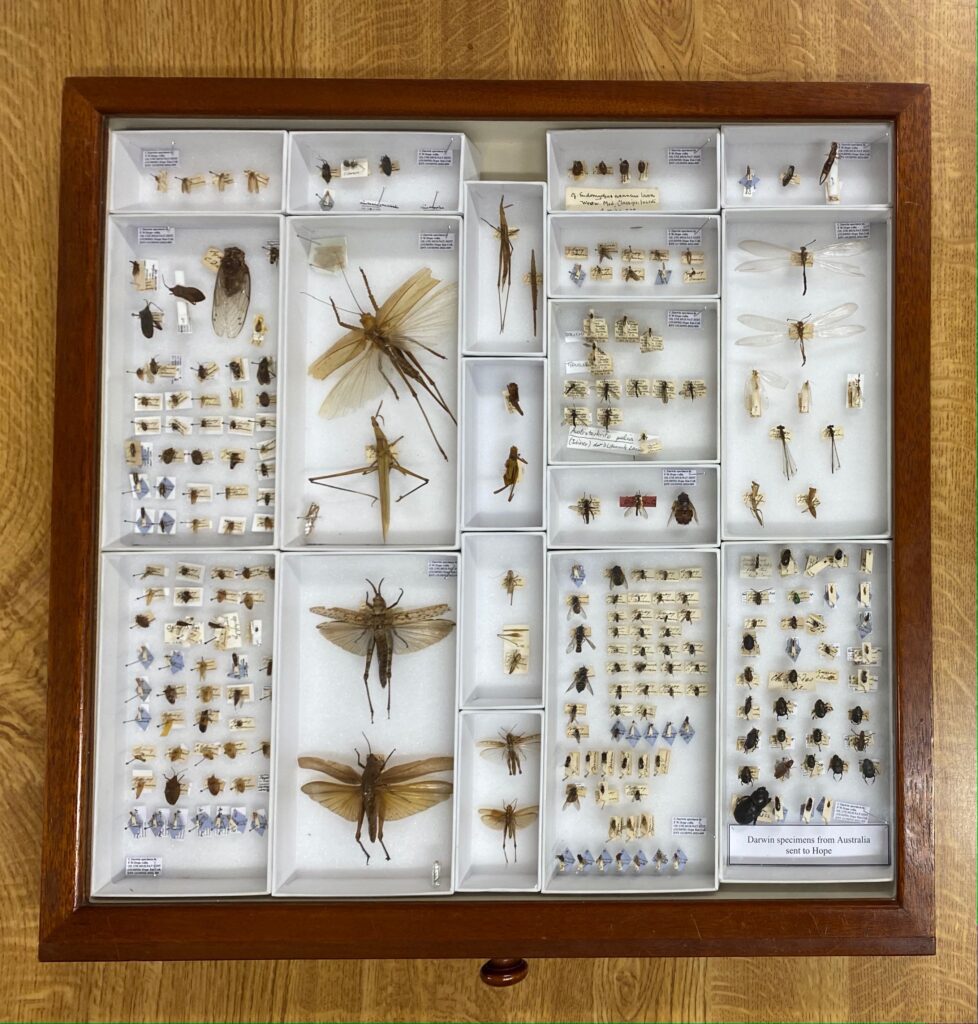
A diverse collection of specimens collected by Charles Darwin (1809 – 1882) during his voyage on HMS Beagle.
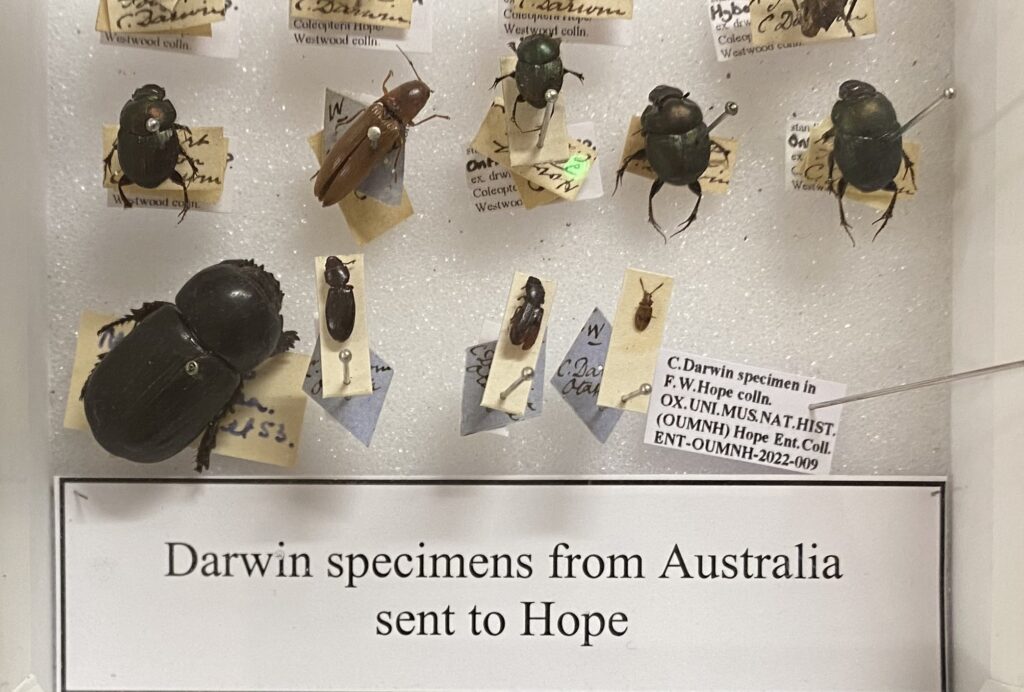
Darwin’s tiny handwriting can be seen identifying every insect he collected. These are mostly Australian dung beetles.
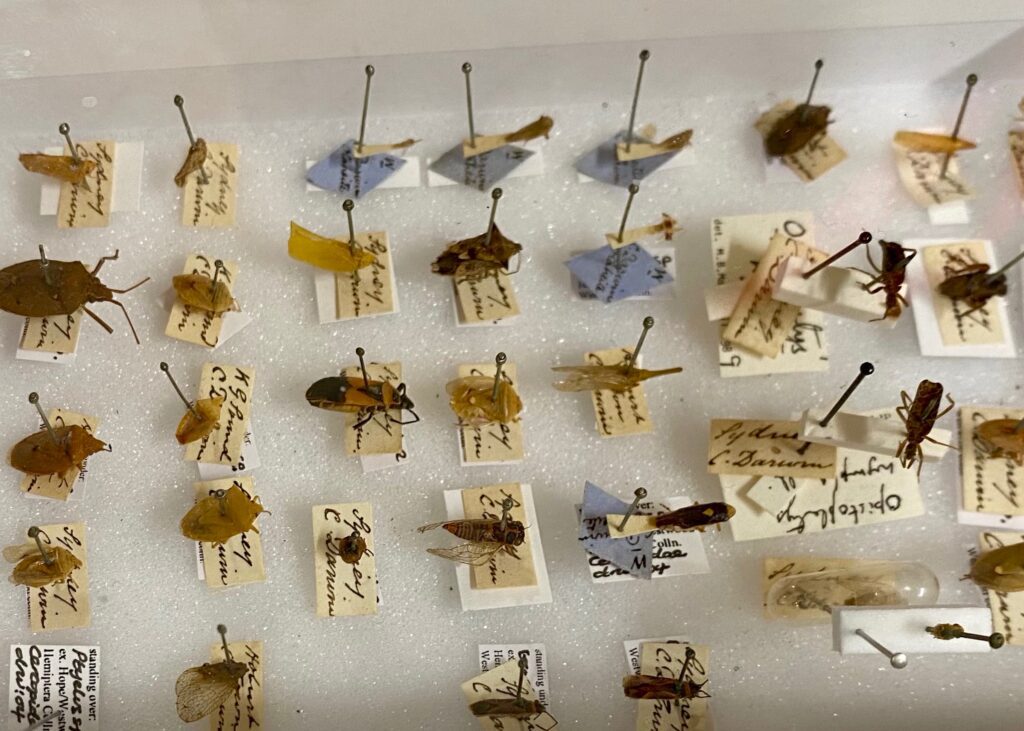
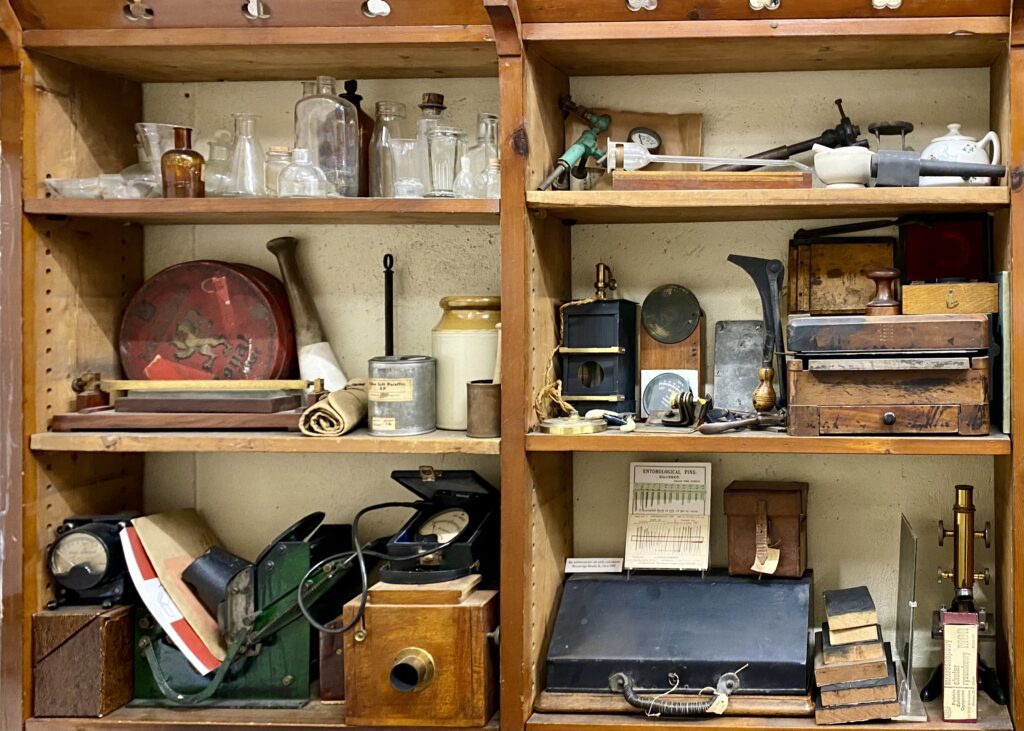
Shelves from the back rooms of the museum showing some of the equipment used in collecting specimens in Victorian times.
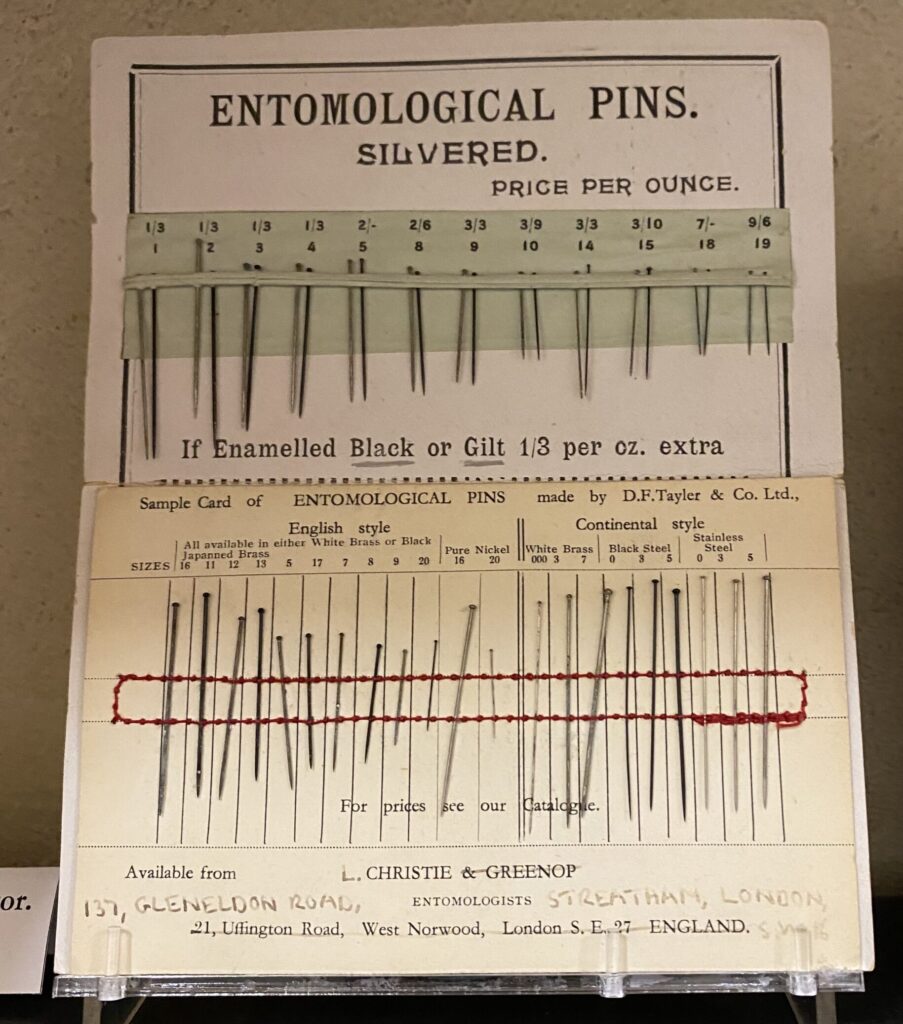
Entomological pins
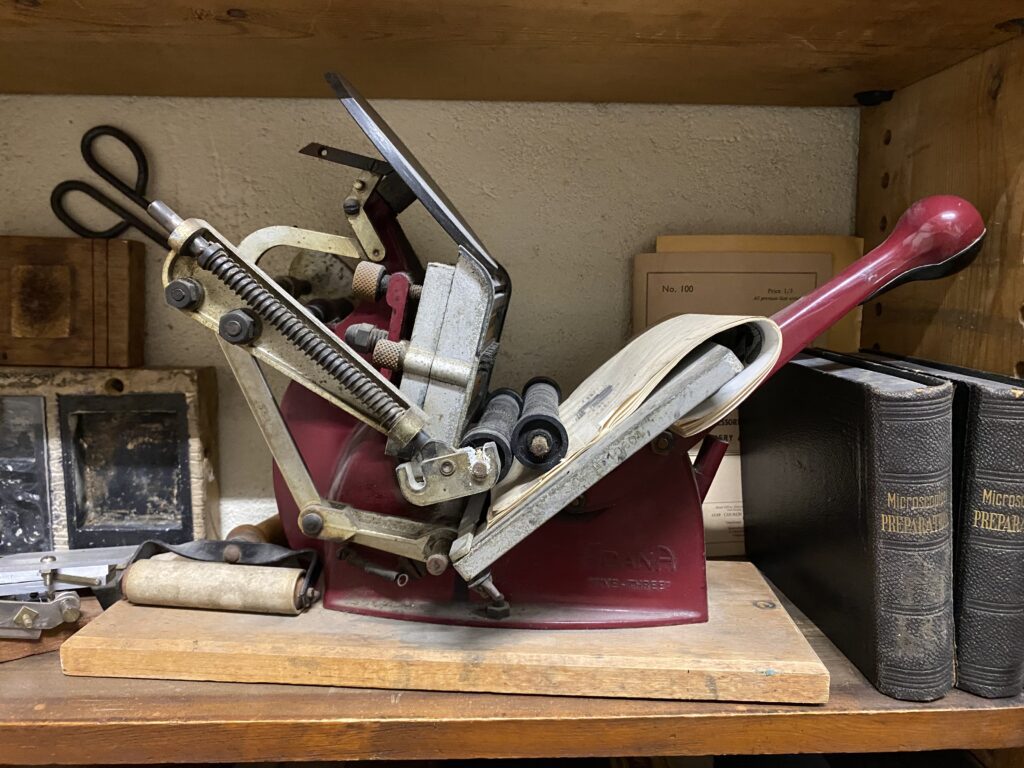
A mini printing press used to print the tiny labels to record insect data
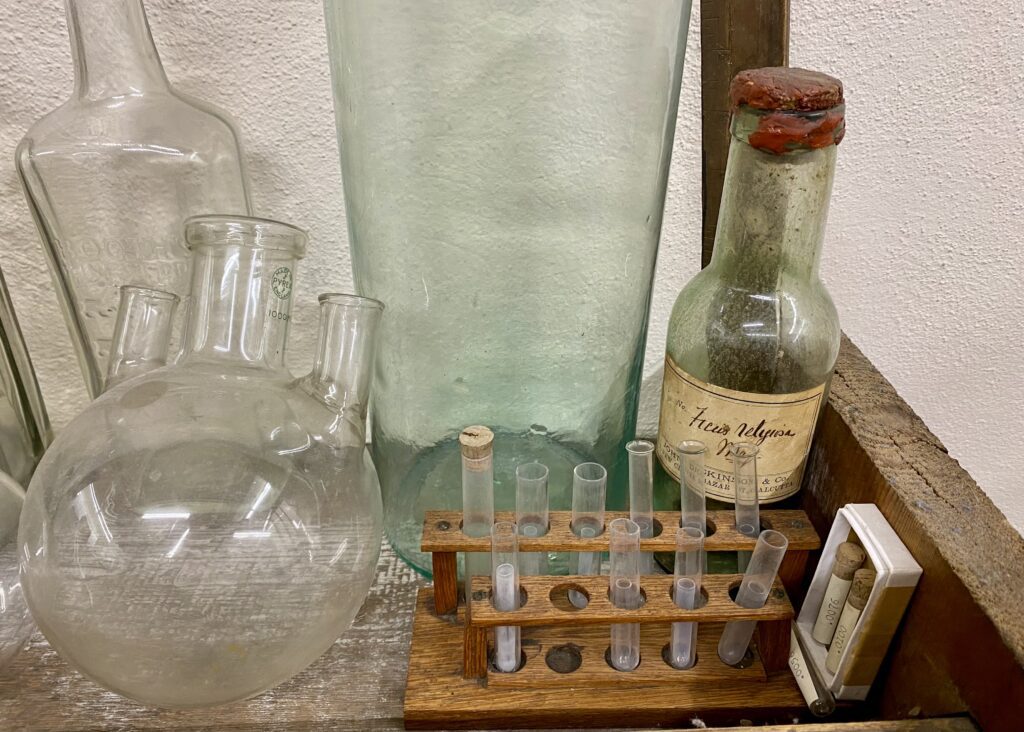
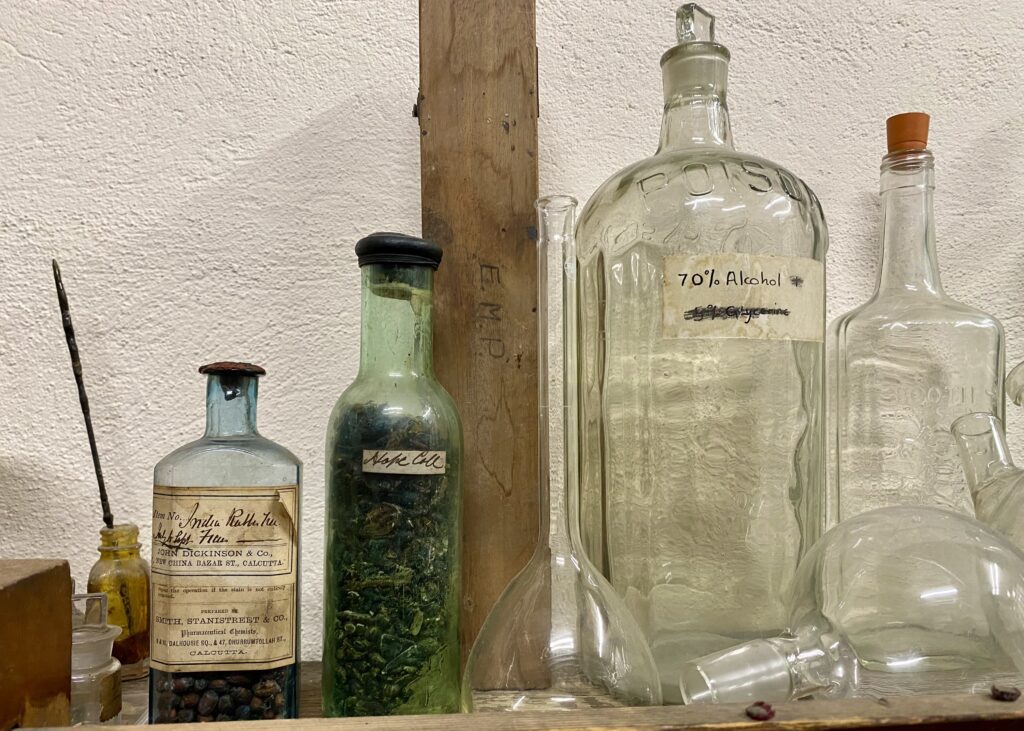
Specimen jars and bottles used in collecting insects
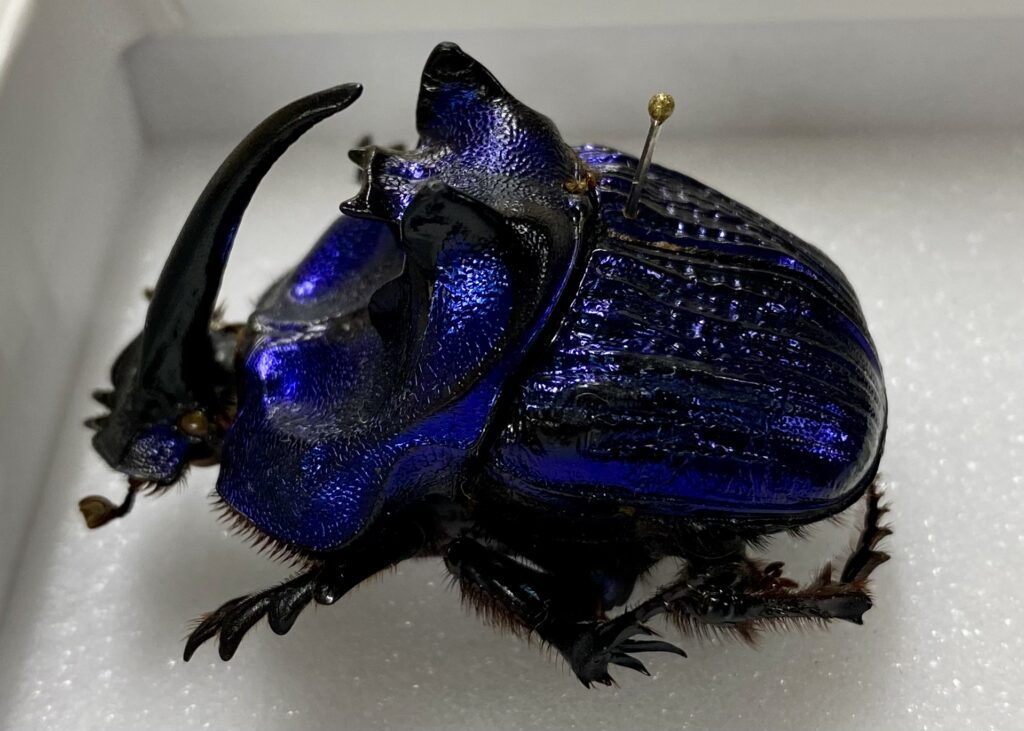
Coprophanaeus lancifer, the largest dung beetle of the Americas. Unlike its kin, it primarily feeds on carcasses, and may have scavenged the giant megafauna that once roamed S. America. The famous evolutionary biologist W.D. Hamilton also said that he wanted to be consumed by the giant Coprophanaeus beetle, in this delightfully morbid essay:
“I will leave a sum in my last will for my body to be carried to Brazil and to these forests. It will be laid out in a manner secure against the possums and the vultures just as we make our chickens secure; and this great Coprophanaeus beetle will bury me. They will enter, will bury, will live on my flesh; and in the shape of their children and mine, I will escape death. No worm for me nor sordid fly, I will buzz in the dusk like a huge bumble bee. I will be many, buzz even as a swarm of motorbikes, be borne, body by flying body out into the Brazilian wilderness beneath the stars, lofted under those beautiful and un-fused elytra which we will all hold over our backs. So finally I too will shine like a violet ground beetle under a stone.”
W. D. Hamilton, ‘My intended burial and why’; reprinted in: Ethology, Ecology and Evolution, 12, 111–122.
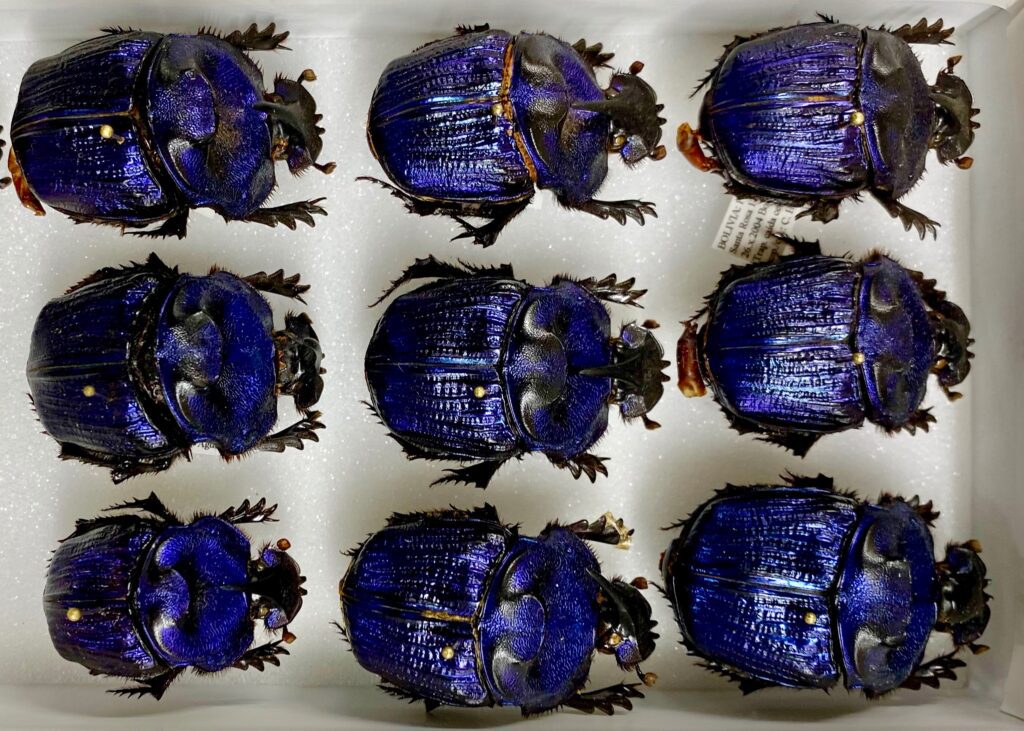
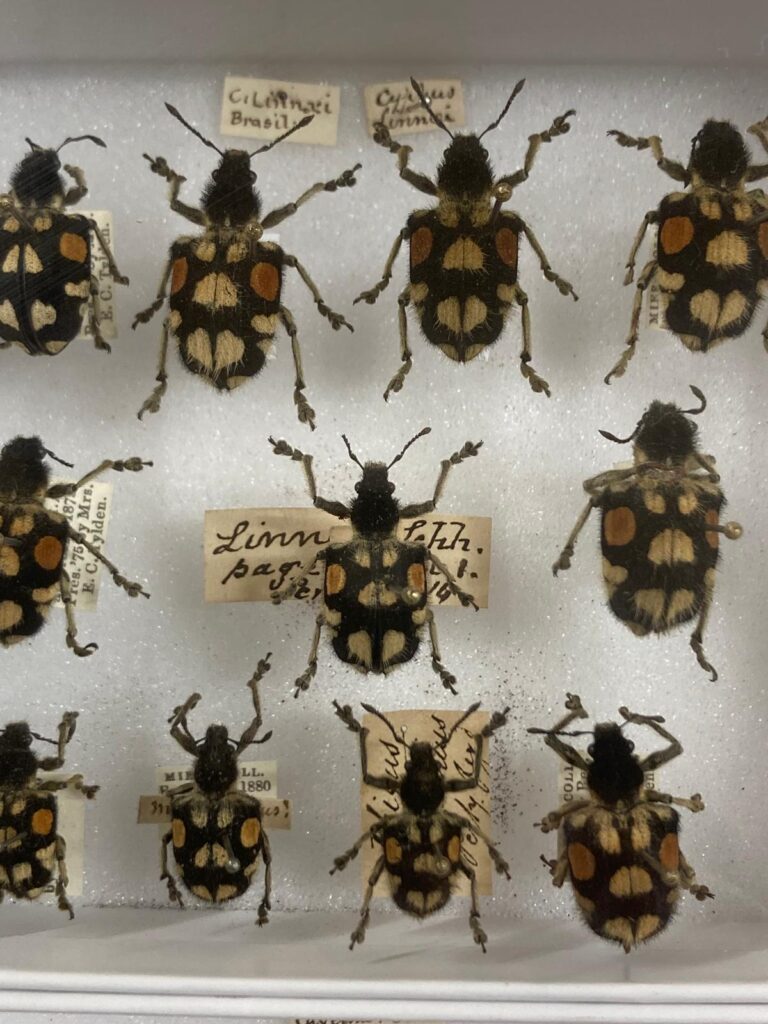
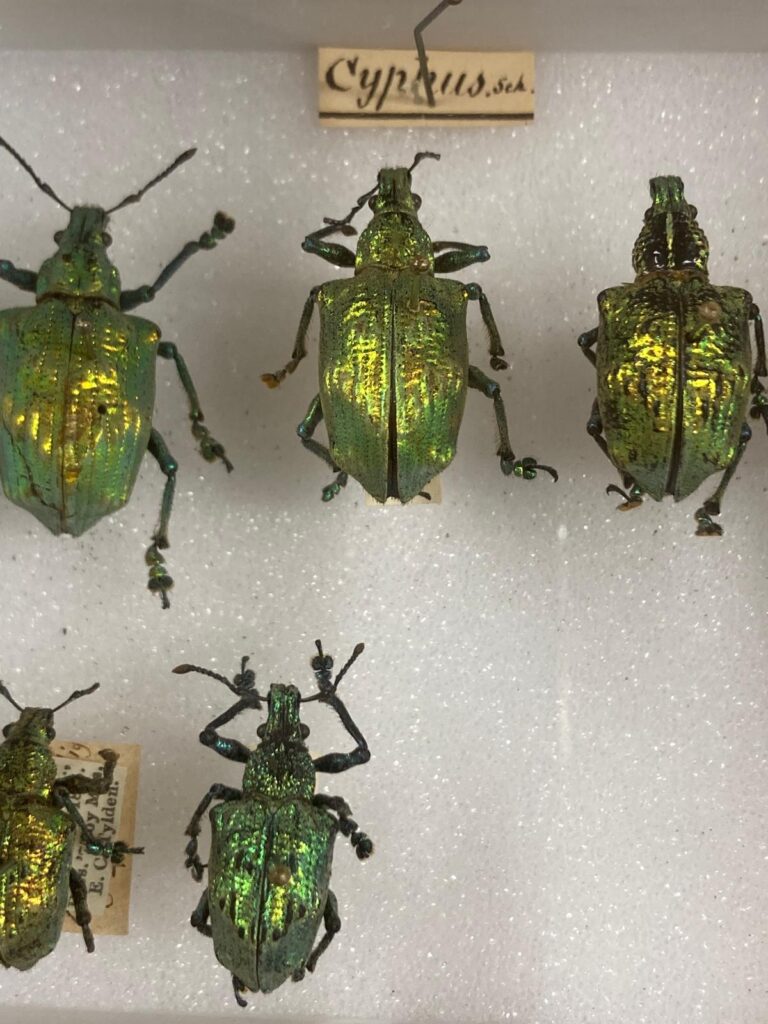
Different species of weevils, insects primarily living on plants and on the canopy of tropical rainforests. According to Dr Leonidas they do different things, but sadly their biology is poorly documented. “As many entomologists say ‘what we know about their ecology starts when we collect them and ends when we place them in the killing bottle’. Of course we now try to understand their biology in detail, although the sheer diversity of animals you encounter in each expedition makes it almost impossible to document the ecology of every group you collect.”
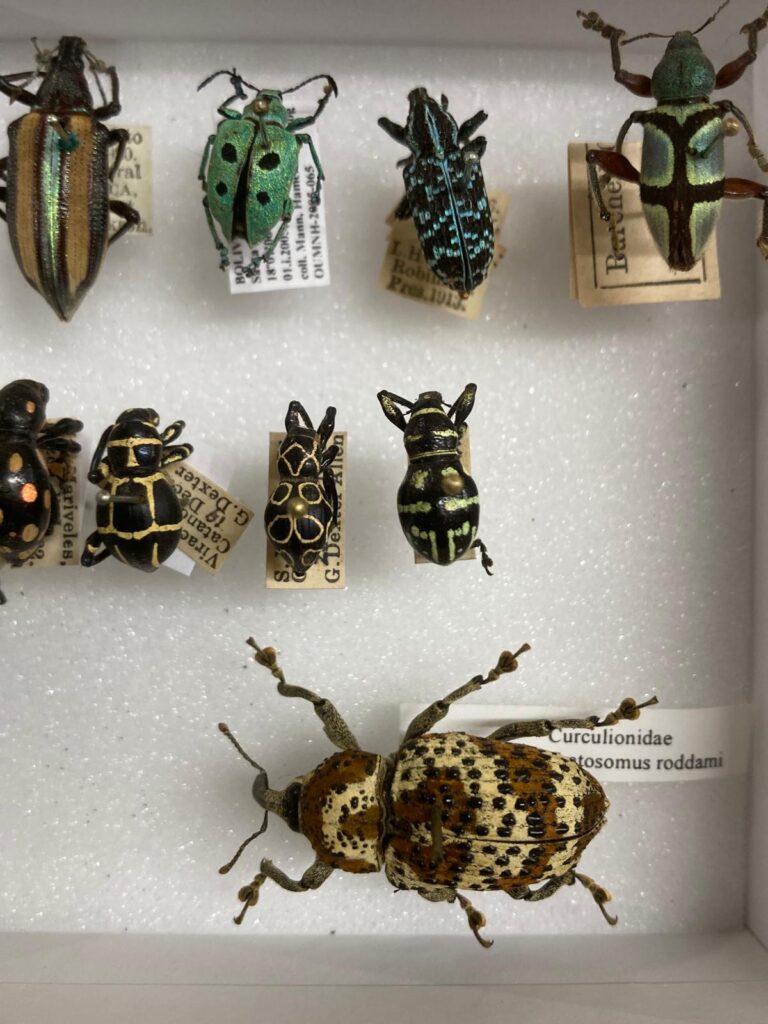
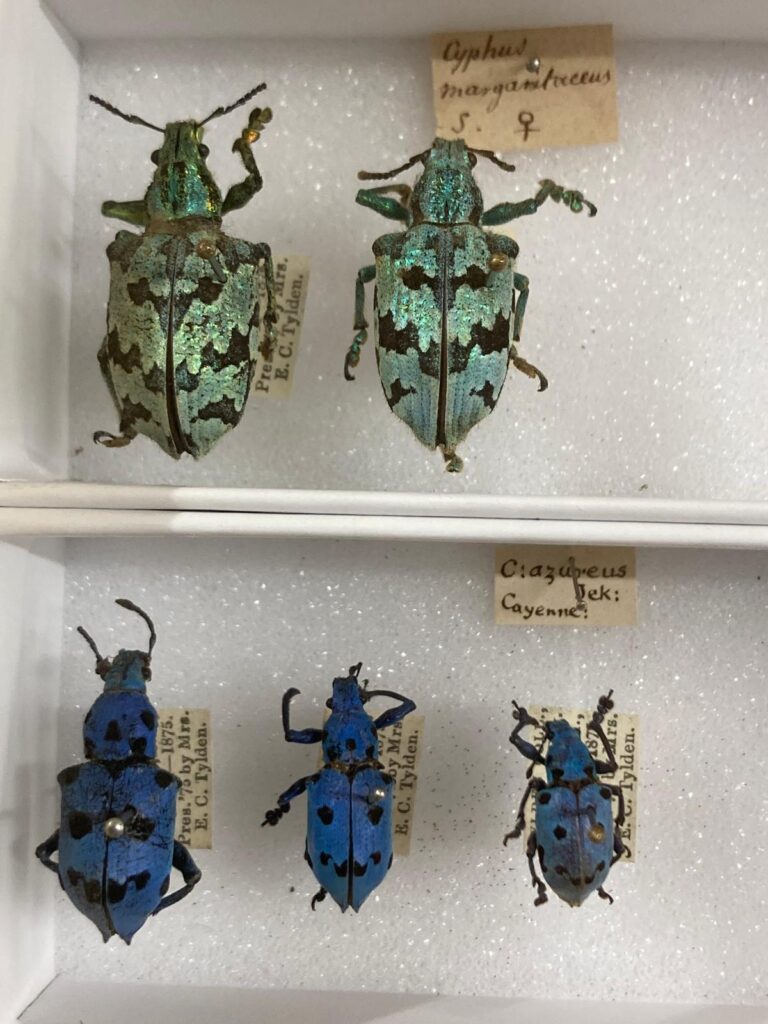
The diversity of their colouring is extraordinary.
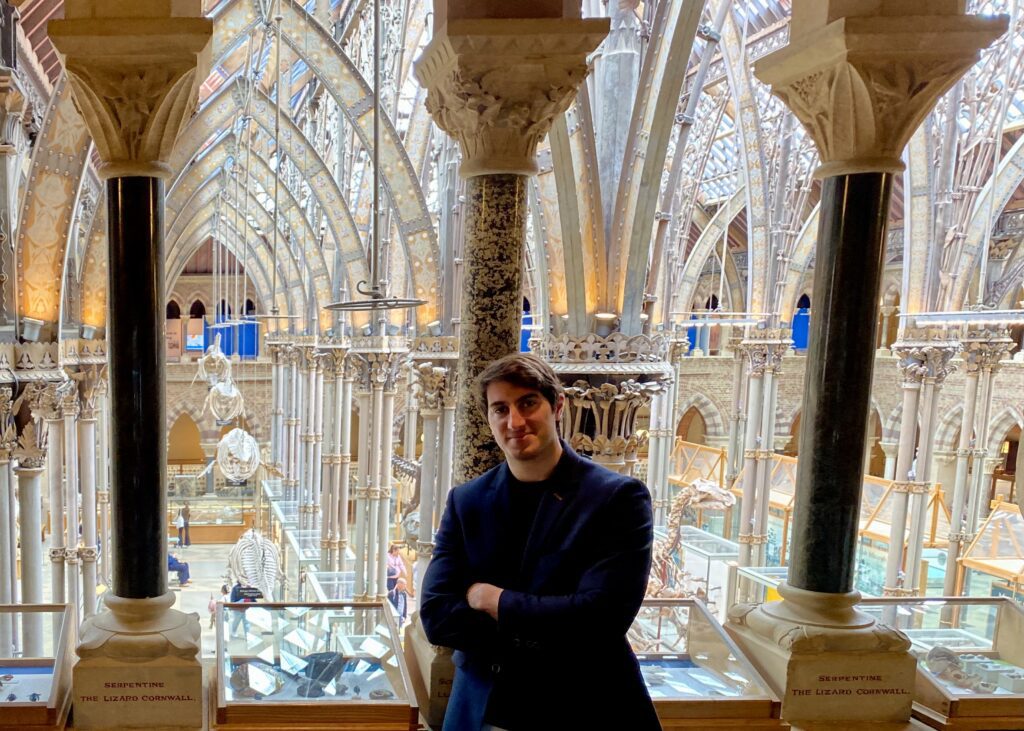
In the central court of the museum which is open to the public. Much of the research done by the museum however is done behind closed doors.
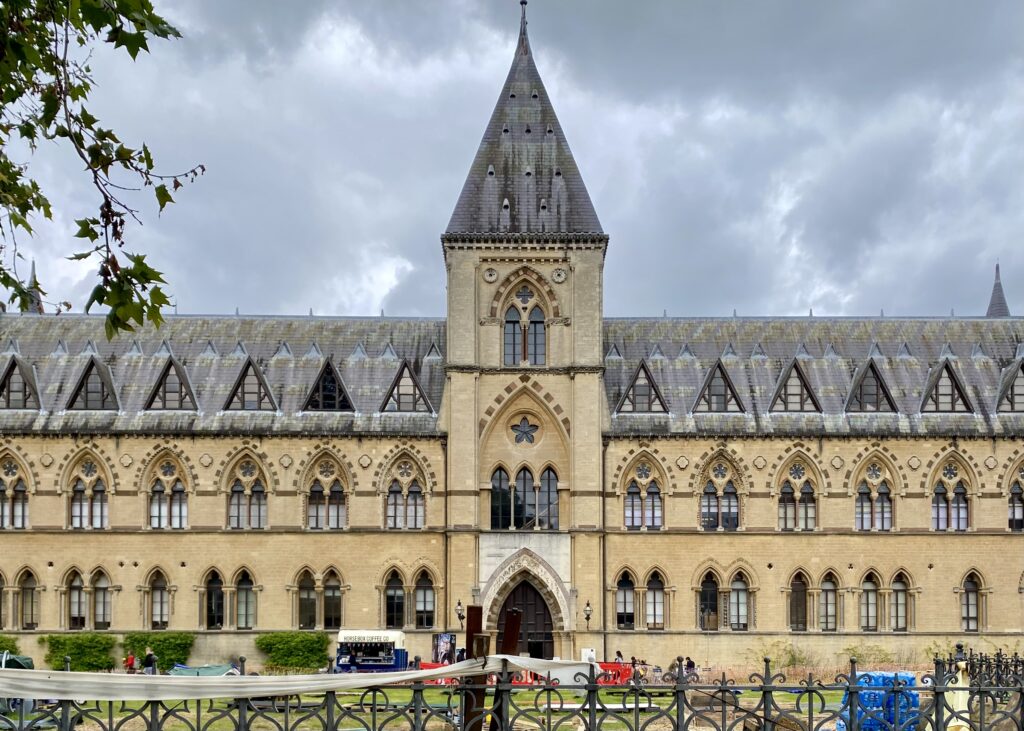
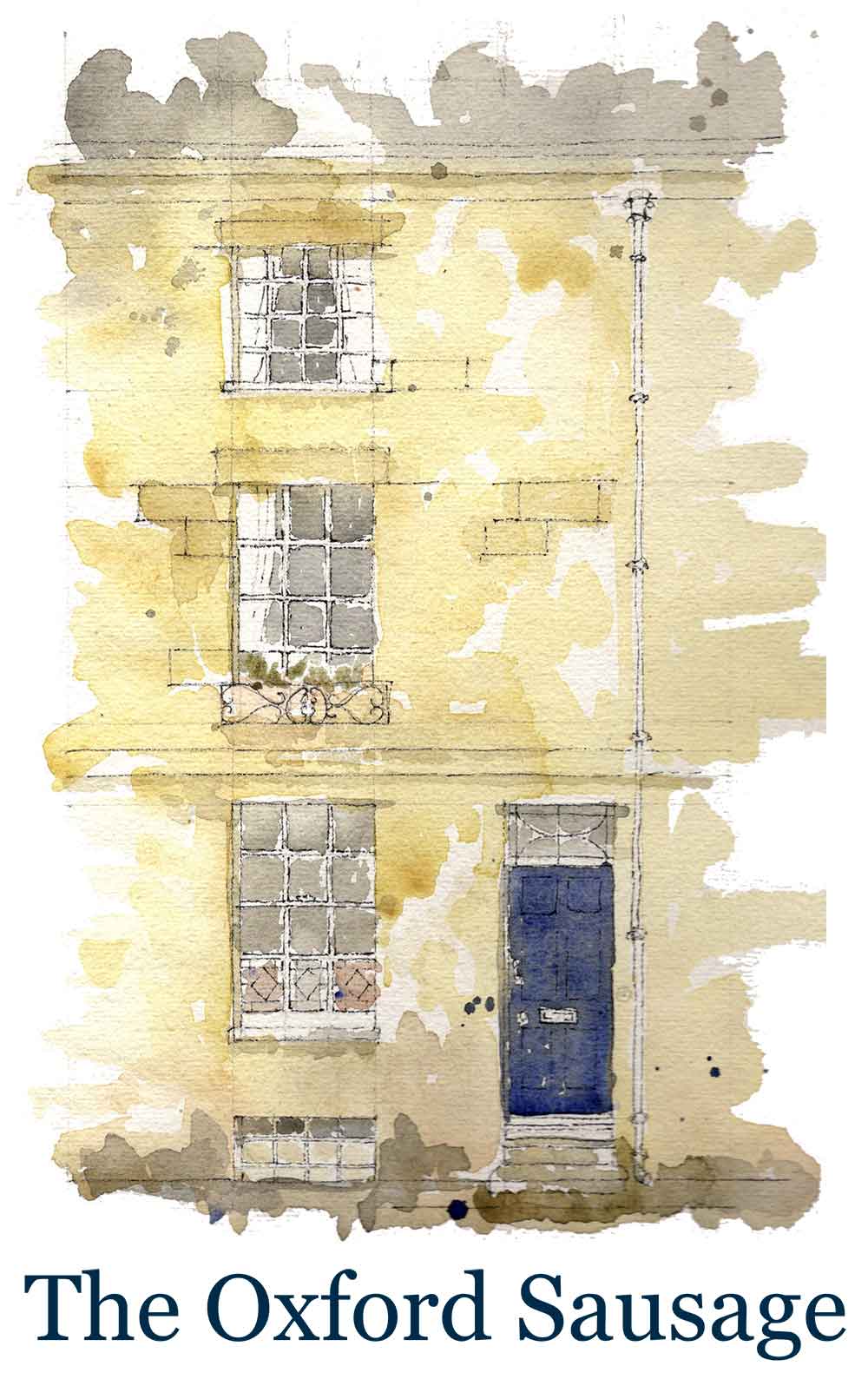
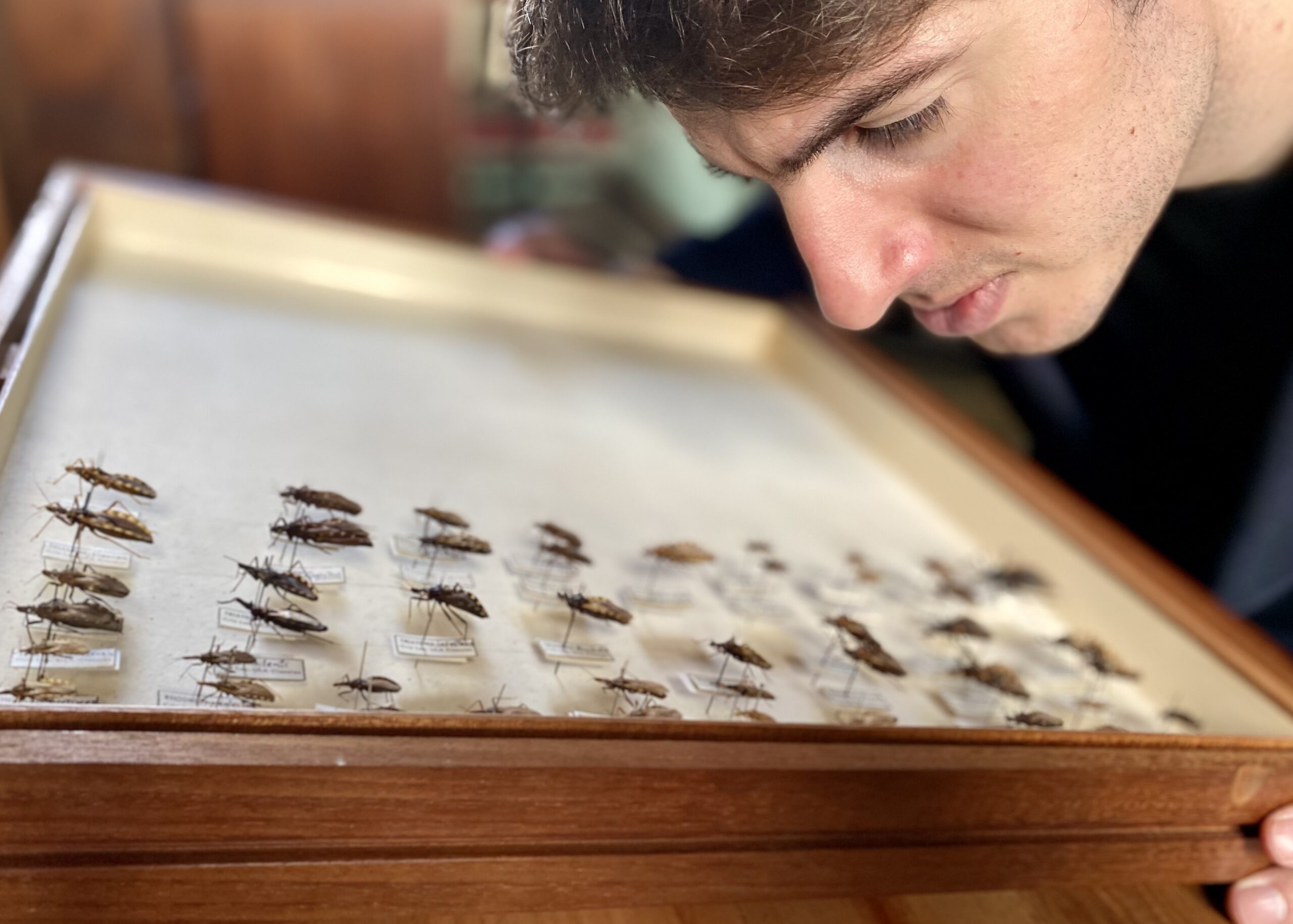
1 Comment
Join the discussion and tell us your opinion.
What a great article, and wonderful to understand Leonidas’ enthusiasm. I first meet George McGavin when he came to collect my husband, Denis Owen’s collection of butterflies and moths after he died, which is now in the Museum collection. I think they are in the Huxley Room – there were thousands of them. Good luck with your research.